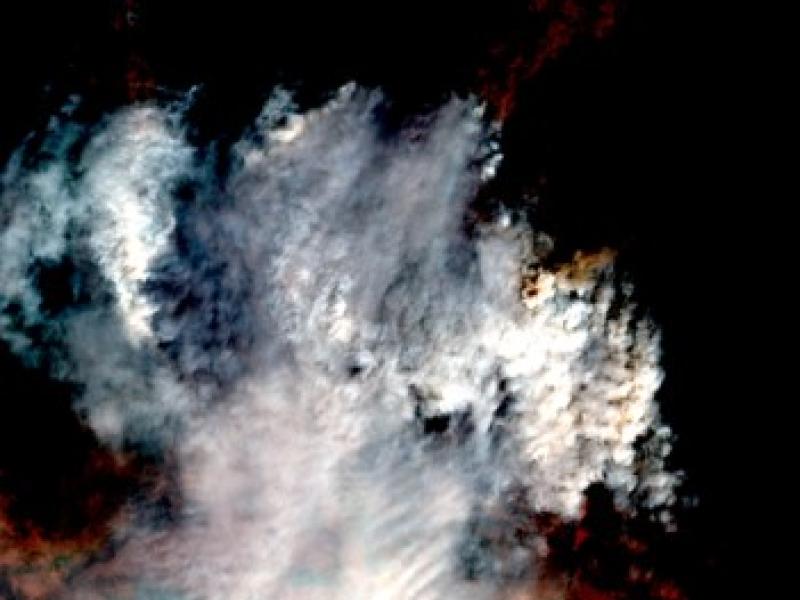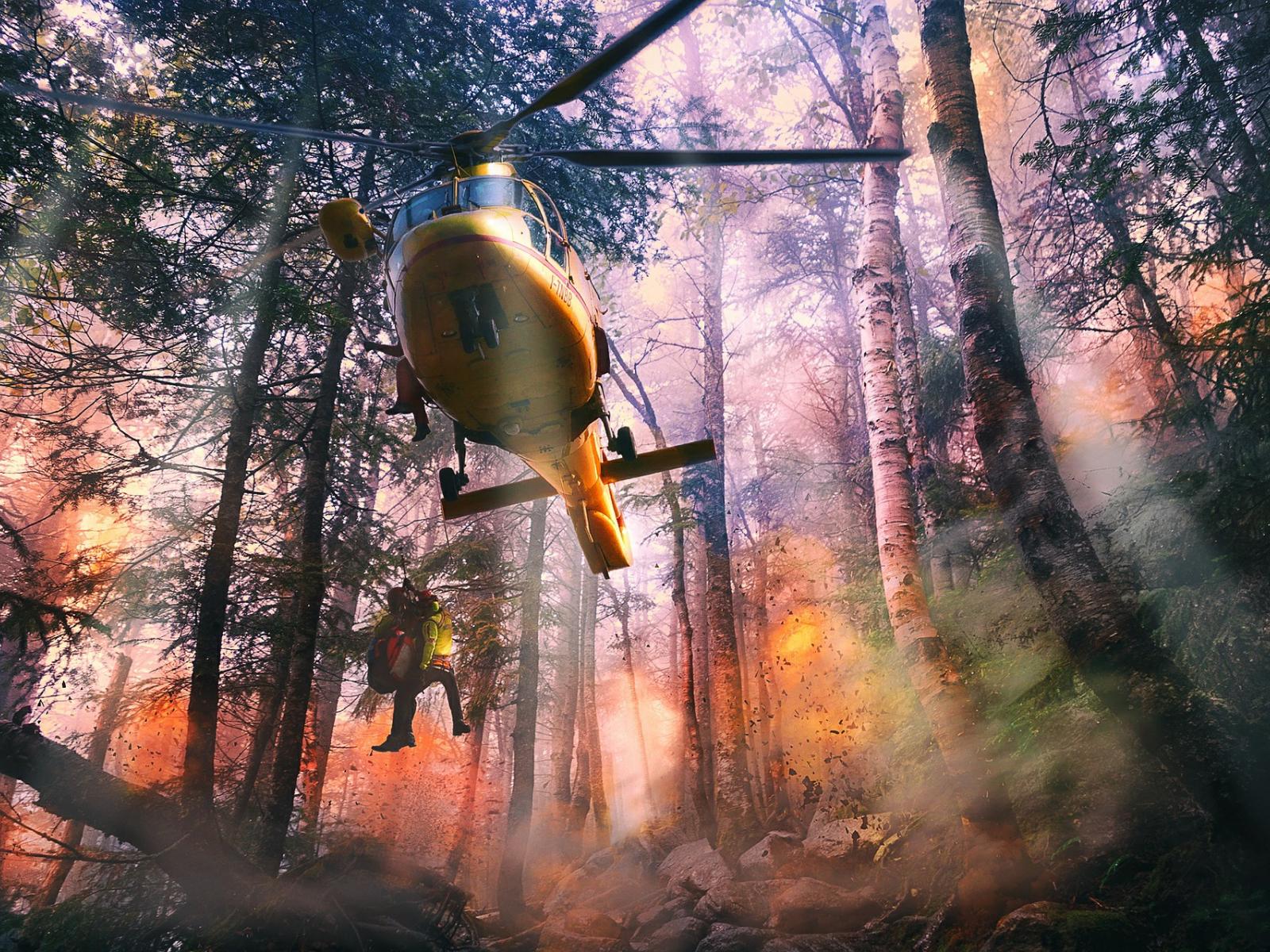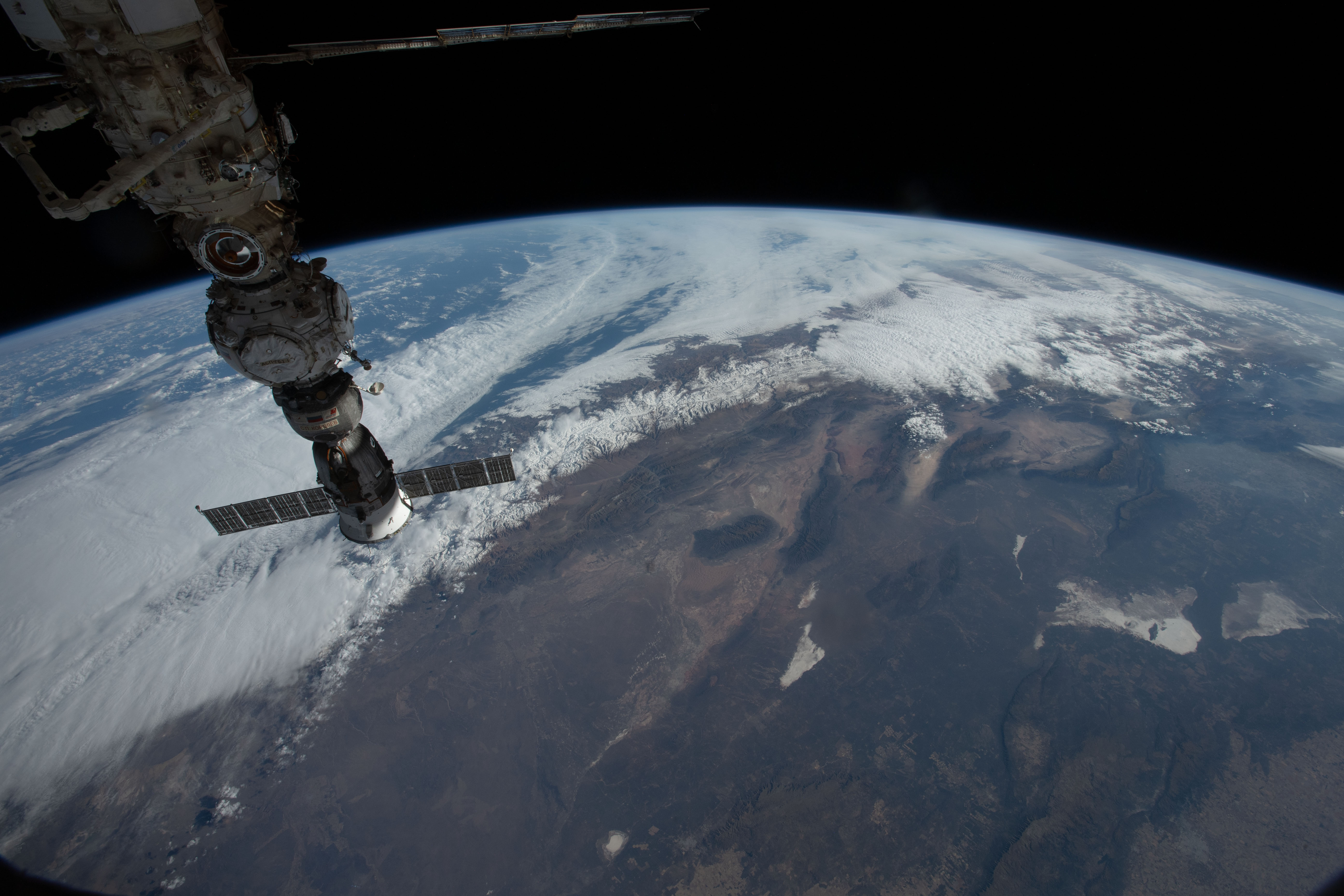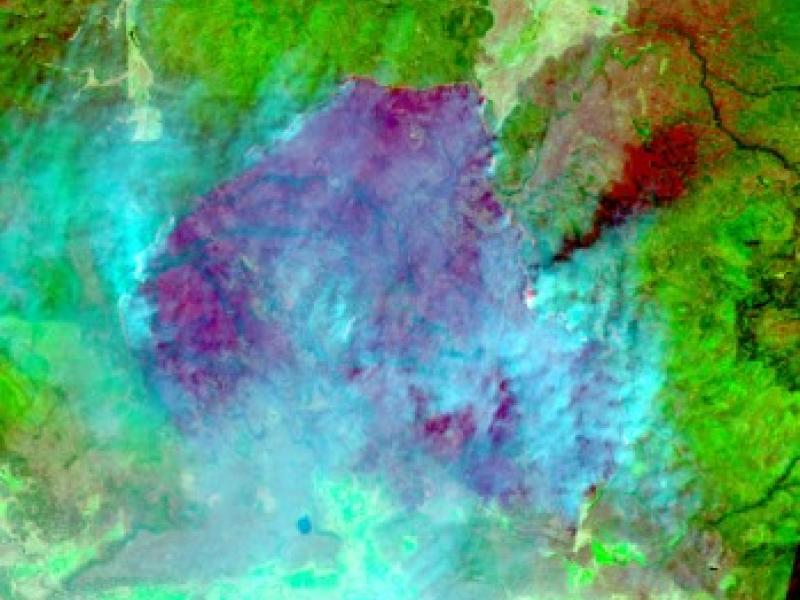
Rapid Analytics for Disaster Response
Rapid Analytics for Disaster Response
When disaster strikes, assessing hazard extent and damage is the first step toward restoring community lifelines

RADR, developed by PNNL, combines photos and imagery capturing technology with AI to help first responders battle wildfires and preserve key infrastructure.
(Image by ThePixelman | Pixabay.com)
Lab-Level Communications Priority Topics
Computing
Grid




